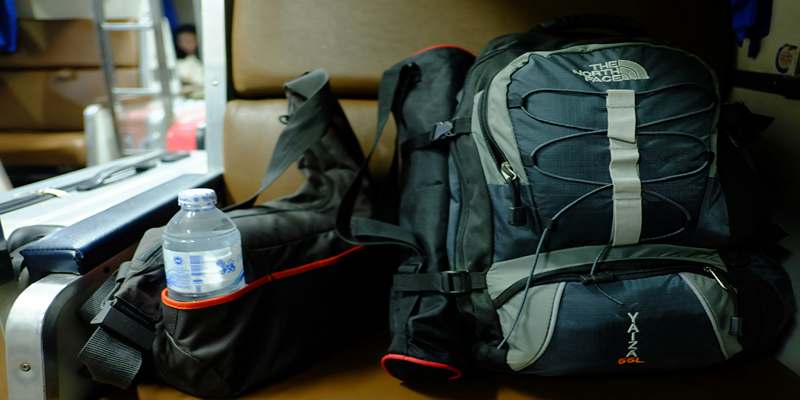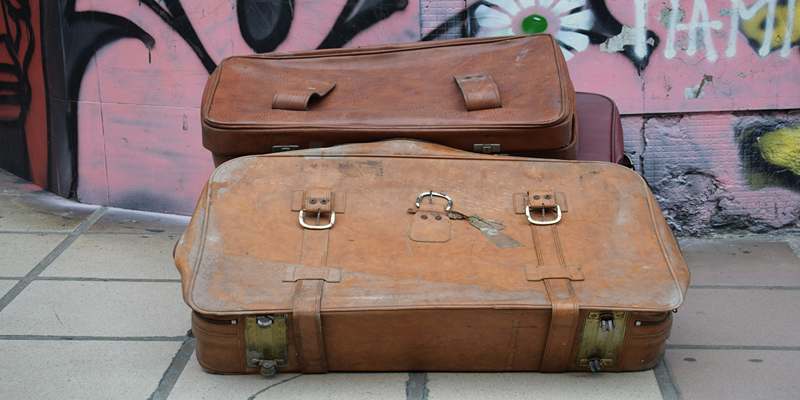Effective packing may act as a defining moment between a stressful and stress-free trip. When planning a weekend trip or a long-distance journey, it is important to learn how to organize your luggage, what should be packed, and what must be left at home. There are sufficient measures that you can take to prevent the problem of overpacking, not forgetting vital items, and being ready at any moment. The travel article provides a list of must-have travel gear, climate recommendations, and travel equipment suggestions to ensure you develop your own foolproof what-to-carry list. Now, it is time to discover some clever packing tips that help you organize your travels in time, save space, reduce the number of irritations, and make the experience straightforward and stress-free.

Essentials for Every Traveler
Clothing and Personal Items to Always Include
In making your what-to-pack list, it is always best to start off with internationally essential personal care and dressing items. Some shirts, pants of the short type, socks, underwear, and sleepwear—a few should be in a basic wardrobe, depending on the number of days of the journey. Put in one or two more formal outfits to dress up at dinner time or functions. Suitable walking shoes should be comfortable, as well as a lightweight jacket, and other weather-befitting outerwear is vital. A toothbrush and toothpaste, miniature shampoo, deodorant, and any medication that one needs should never be left out of your toiletry kit. Things such as tissue, hand sanitizer, and microfiber towels can be considered. These basic things make you clean, comfortable, and presentable anywhere.
Travel Gear Tips for Smart Packing
To smart pack, you have to start with the right travel gear. One should take a lightweight, sturdy suitcase or backpack that has several compartments. Packing cubes allow one to separate the type of clothing and ease unloading. Leak-proof containers are included in a toiletry bag so it would not spill. Your daypack should also be foldable, and a reusable water bottle, a universal adapter, and a small power bank are just obligatory. A document organizer keeps passports, IDs, and boarding passes situated and safe. Sleeping in transit is made comfortable by noise-canceling earplugs, a sleep mask, and a neck pillow. Place heavy clothes in compression sacks and bring a laundry bag to sort out worn clothes. These travel tips can put your packing under control.
What to Pack List for General Travel
The general-purpose packing guide travel checklist is made up of clothes, hygienic supplies, electronics, and travel documents. Bring a variety of clothes, casual and a bit more serious; comfortable shoes; jackets or other outerwear in accordance with the season; and accessories such as sunglasses or hats. Bring along your phone, chargers, headphones, and a power bank. Keep all essential materials such as your passport, visa (if you need one), hotel booking, and emergency contacts. They might find it helpful to have a small first-aid kit of adhesive bandages, antiseptic, and his/her personal medications. Things in transit that will come in handy include snacks, reading material, and things to entertain you.
Packing Based on Trip Type
Business Travel: Stay Organized and Prepared
Business trips require efficiency, minimalism, and a professional appearance. Pack wrinkle-resistant, mix-and-match clothing such as dress shirts, slacks, and a blazer. Choose neutral colors for easier outfit coordination. Include business cards, work materials, and any devices or chargers you may need for presentations or meetings. Keep your laptop and files in a dedicated tech organizer. Use a garment folder to keep dress clothes neat. Personal items should be compact, and grooming supplies should meet airline liquid limits. Maintain a separate section in your bag for leisure wear to unwind during downtime. A streamlined setup keeps your focus on your agenda.

Adventure and Outdoor Packing Guide Travel Edition
For adventure or outdoor travel, prioritize durability, functionality, and preparedness. Bring moisture-wicking clothing, quick-dry towels, hiking boots, weatherproof outer layers, and UV-protective gear. A hydration pack, headlamp, multitool, and first-aid kit are vital for outdoor excursions. Travel-size sunscreen, insect repellent, and a hat are crucial for sun protection. Compact cooking tools or snacks are helpful for camping. Use a waterproof duffel or hiking backpack with rain covers to protect your gear. Layering is key to adapting to changing conditions. Tailor your what to pack list to the specific terrain—mountain, forest, or desert—and always plan for unexpected weather shifts.
City Breaks and Short Getaways
City breaks and weekend getaways require compact, stylish packing. Choose multi-use outfits like jeans, a casual jacket, and tops that can go from day to night. Comfortable shoes are essential for walking tours and museums. Include basic toiletries, sunglasses, and weather-appropriate layers. A crossbody bag or secure daypack keeps valuables safe while exploring. Pack light snacks, a phone charger, and a small reusable shopping bag for local purchases. Don’t forget travel passes or guidebooks to enhance your sightseeing experience. Keep your wardrobe flexible, tech minimal, and personal items light to move easily through urban environments and short-stay accommodations.
Adapting to Climate and Region
Hot Weather and Tropical Locations
When visiting tropical or hot-weather destinations, breathable clothing and sun protection are priorities. Choose lightweight fabrics like cotton or linen and pack light-colored clothing to stay cool. Bring a wide-brimmed hat, sunglasses, and reef-safe sunscreen. Include flip-flops, a swimsuit, and a quick-dry towel for beach days. Insect repellent is essential in many tropical areas. A refillable water bottle helps you stay hydrated, while a cooling scarf or handheld fan adds extra comfort. Don't forget waterproof bags for wet clothing or electronics. Pack fewer clothes, as items dry quickly and can be reworn. Keep accessories minimal and prioritize ventilation and UV protection.
Cold Weather and Winter Conditions
For cold-weather travel, layering is the key to comfort. Start with thermal base layers, then add sweaters and a windproof, insulated coat. Choose waterproof boots and wool socks to stay warm and dry. Accessories like gloves, a beanie, and a scarf are essential. Moisturizer and lip balm help prevent skin dryness in low humidity. Use compression packing bags to manage bulkier items. Hand warmers, a travel thermos, and a foldable umbrella enhance comfort. When preparing your what to pack list for snowy regions, consider adding traction cleats for icy sidewalks. Staying warm, dry, and mobile is the goal in wintry environments.
Packing Strategy and Space-Saving Tips
Overpacking leads to heavy bags, airline fees, and unnecessary stress. Create a checklist early and edit it down a few days before departure. Stick to basics and pack clothes that coordinate with multiple outfits. Limit shoes to two or three pairs max. Check weather forecasts and pack accordingly to avoid bringing unnecessary items. Double-check that you’ve packed must-haves like medications, IDs, chargers, and credit cards. Keep a digital and printed copy of your travel itinerary. Review your what to pack list the night before you leave. Intentional packing not only saves space but helps ensure nothing vital gets left behind.
Conclusion
A well-planned packing strategy is the first step toward a successful journey. With the help of this packing guide travel article, you can build a tailored what to pack list that suits your destination, trip type, and climate. Prioritize versatile items, efficient travel gear, and thoughtful organization to reduce stress and maximize enjoyment. Whether you're planning a quick city break or an extended international adventure, the right packing approach can help you feel ready for anything. Stay light, smart, and prepared—so you can focus less on your luggage and more on the experiences ahead.












